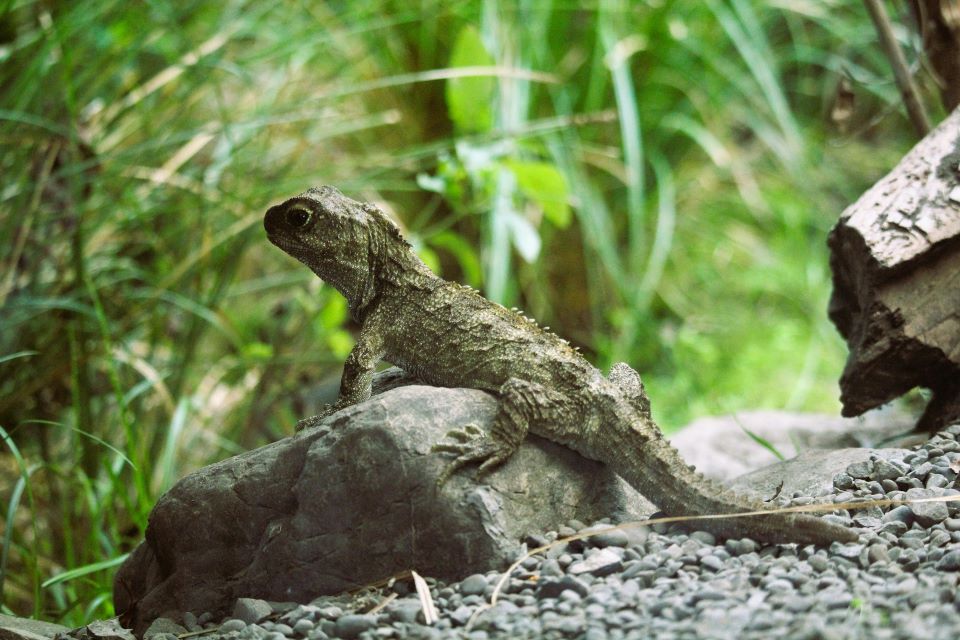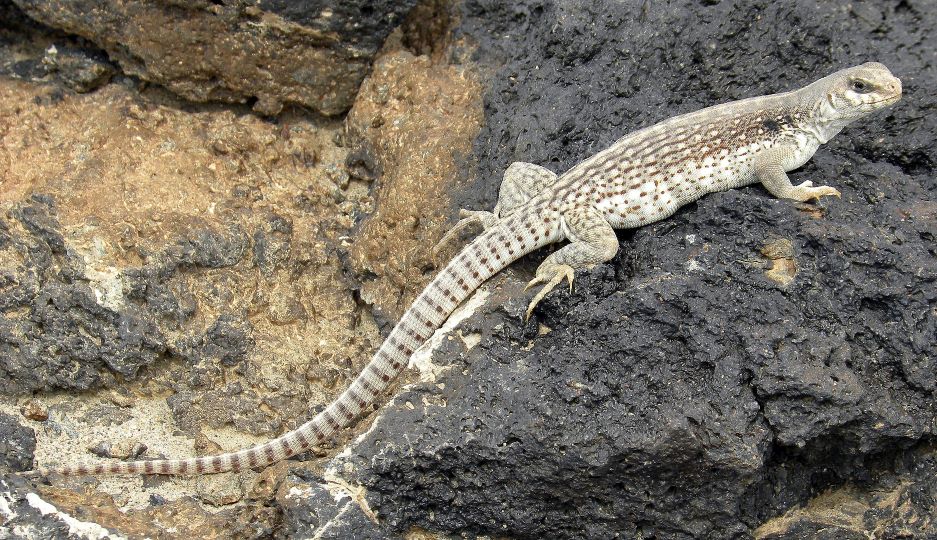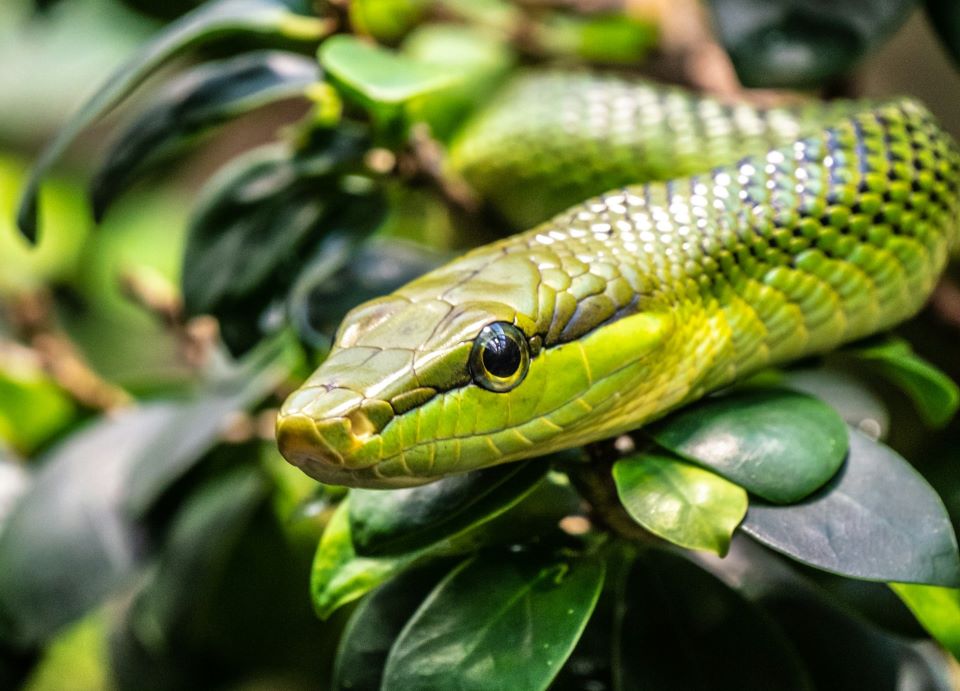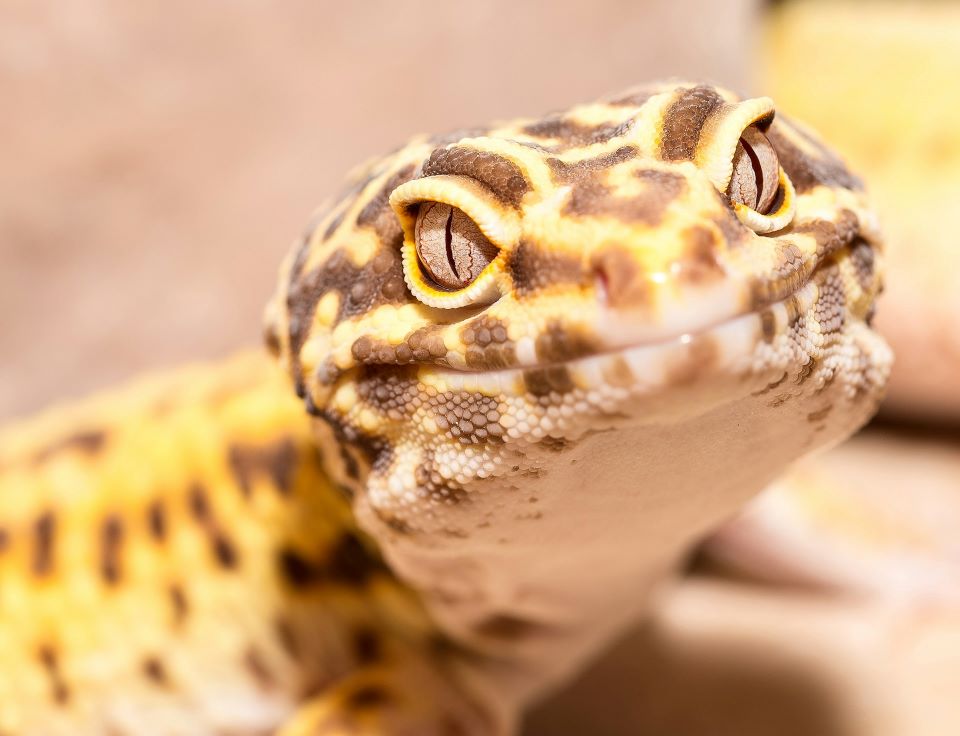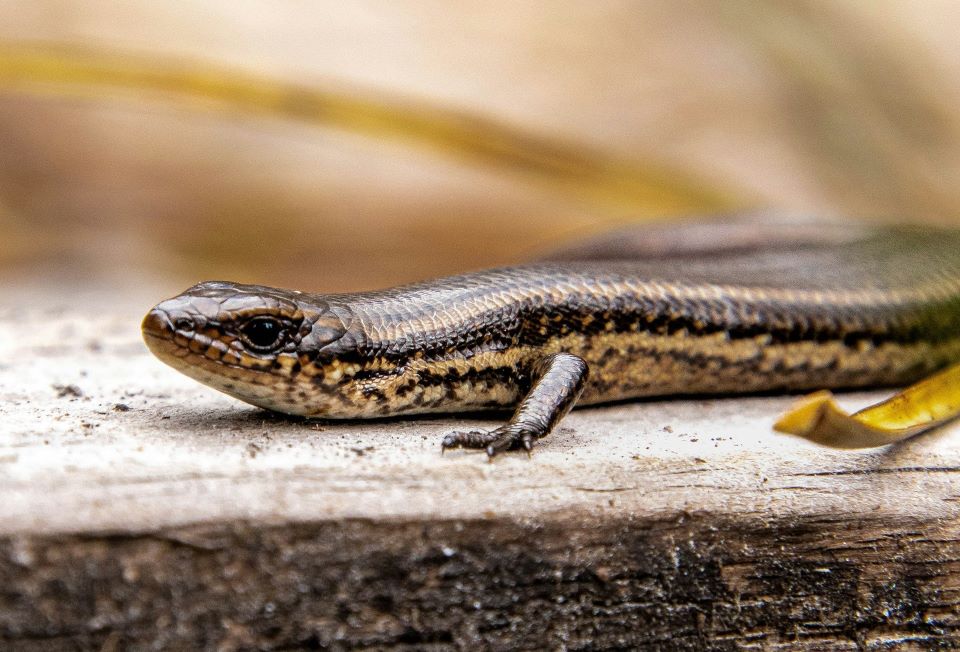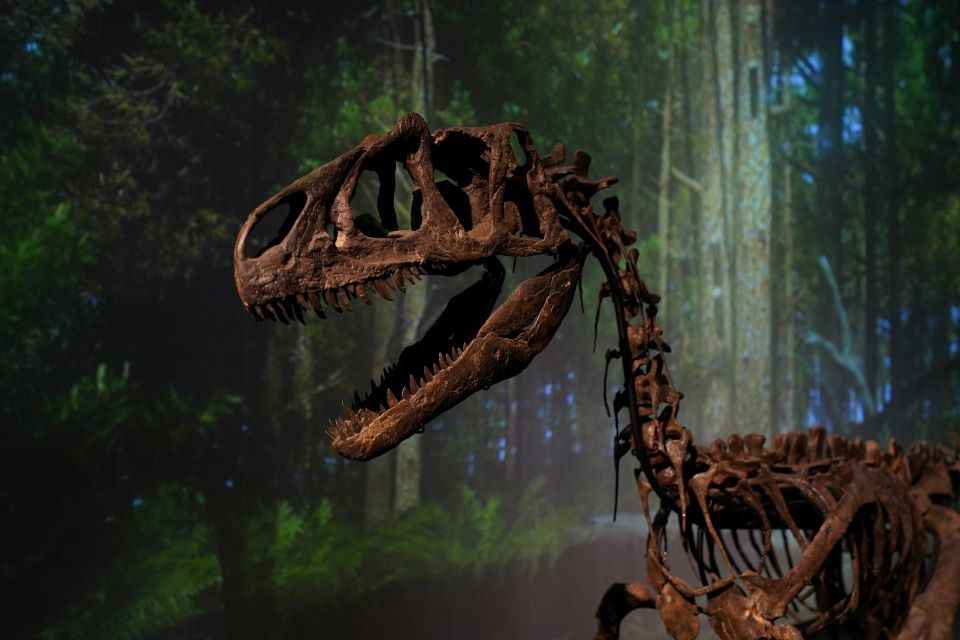Homepage
Museum of Squamata History

Discover the fascinating evolutionary journey of the Squamata order with us — a journey that spans millions of years and countless diverse species. Our museum is dedicated to exploring and preserving the rich history of squamates, including lizards, snakes, and their close relatives.
Here you’ll encounter exhibits that delve into the cladistic relationships among these remarkable reptiles, spotlighting groups that have evolved unique adaptations over time. From the enduring lineage of the tuatara to the branches of modern squamates, our displays present up-to-date scientific insights into their evolutionary paths and current classifications.
Whether you’re here as a curious student or an avid natural history enthusiast, we invite you to explore and engage with the science behind the evolution of these captivating creatures. Step into our exhibits and join us on a journey through time, where every scale tells a story.
Exhibit: Cladistics of Squamates
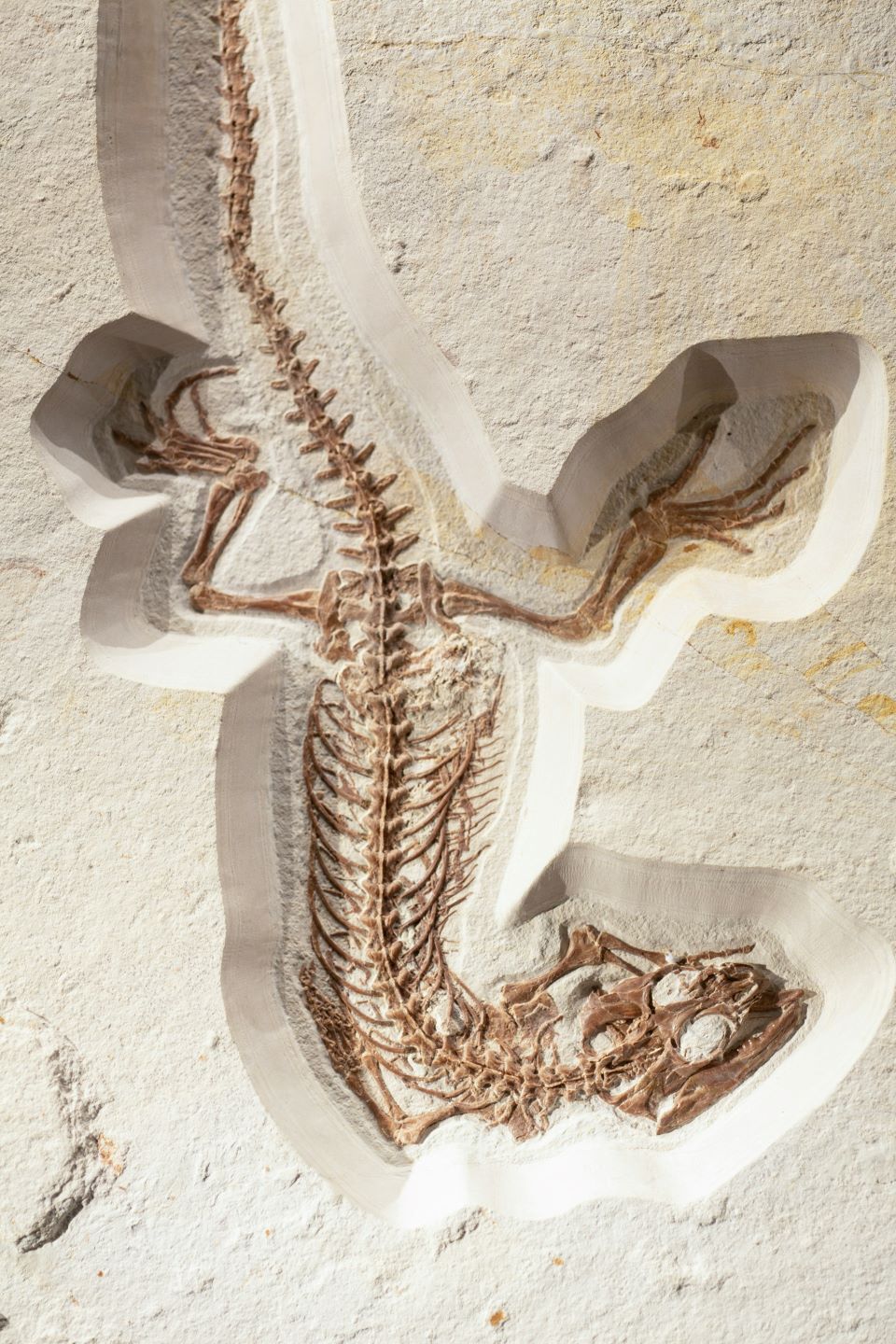
The evolutionary history of reptiles is not as straightforward as one might expect. Squamata—the group that includes lizards, snakes, and amphisbaenians—diverged long before crocodiles, birds, or their extinct relatives like the dinosaurs. These lineages split deep in evolutionary time.
A cladogram helps visualize this: squamates belong to Lepidosauria, while archosaurs (crocodiles, birds, and kin) form a separate branch called Archosauria. This major split occurred over 250 million years ago, shaping the paths of these reptilian lineages.
Curiously, the tuatara—a rare reptile from New Zealand—occupies a unique position in this tree. Though superficially lizard-like, it’s the last surviving member of an ancient lineage, providing a living window into the distant past.
Exhibit: Extant Squamates
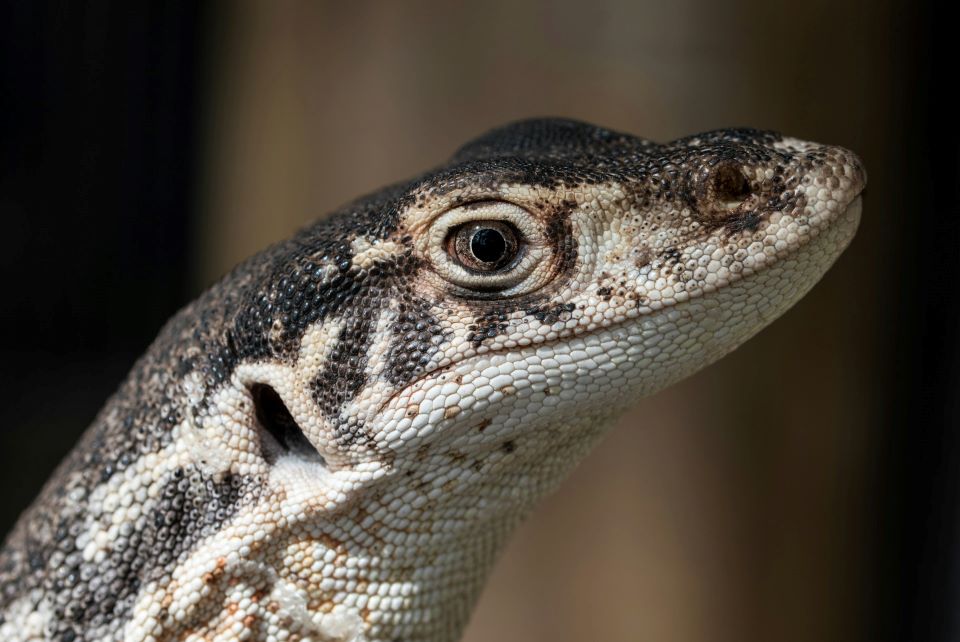
Squamates are among the most adaptable and diverse reptile groups on Earth, with over 11 000 species thriving across nearly every environment. From geckos that cling to sheer surfaces with microscopic toe pads to vipers that sense infrared heat, their adaptations vary as much as their habitats.
Found on every continent except Antarctica, these reptiles exploit niches from desert dunes to dense rainforests. Some, like the Komodo dragon, reign as apex predators, while others, such as the tiny Brookesia chameleons, blend seamlessly into leaf litter. Their evolutionary success continues to shape ecosystems today.
